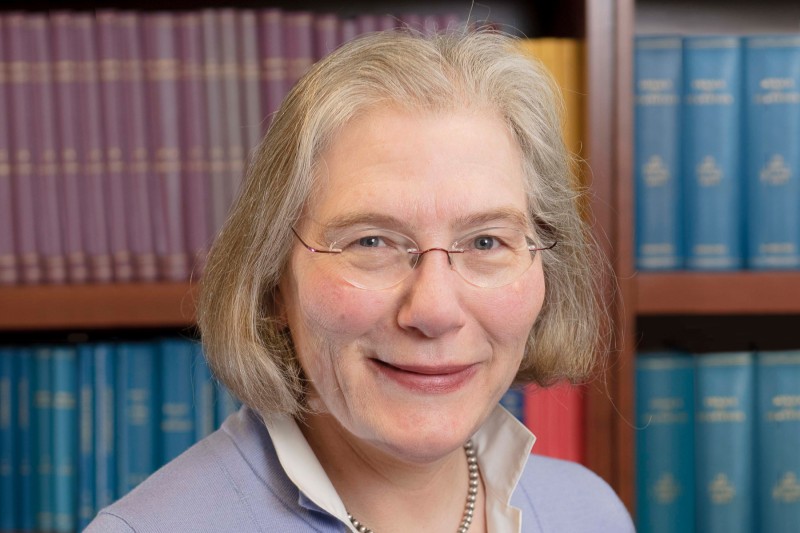
New findings from a Decision Analysis for the US Preventative Services Task Force (USPSTF) suggest that routine colorectal cancer screenings can be stopped in patients over the age of 75. The results are based on patients who began screenings at age 50 and have had consistently negative screenings up to the age of 75. Lead author Ann Graham Zauber, PhD, Associate Attending Biostatistician in the Department of Epidemiology and Biostatistics at Memorial Sloan Kettering Cancer Center and her colleagues’ findings are published in the October 7, 2008 online edition of Annals of Internal Medicine and will appear in a forthcoming issue.
“To date there has been no age to stop colorectal cancer screening. Our results suggest that there is little gain in life expectancy in continuing colorectal cancer screening after age 75, for those who have had repeated negative screening examinations since the age of 50. People who have had adenomas or colorectal cancer should continue surveillance after age 75,” said Dr. Zauber, who added that “our findings also suggest that the more sensitive fecal occult blood tests can provide comparable life years saved to screening colonoscopy provided high adherence to these screening tests.”
In July 2002, the USPSTF concluded that there was enough evidence to recommend strongly that all average risk adults 50 years of age and older be offered colorectal cancer screening. However, the logistics of screening such as type of screening test, screening intervals, and age to stop screening were not evaluated in terms of the balance of benefits and potential harms. In updating its recommendations for 2008, the USPSTF requested a decision analysis to project expected outcomes of various colorectal cancer screening strategies to inform its update of the recommendations for colorectal cancer screening.
“Our objective was to assess life years gained and colonoscopy requirements for colorectal cancer screening strategies and identify a set of recommendable screening strategies,” said Dr. Zauber.
These decision analysis findings support colorectal cancer screening with annual screening with sensitive Fecal Occult Blood Test (FOBT), ten yearly colonoscopies, or five yearly sigmoidoscopies with a mid-interval sensitive FOBT from ages 50 to 75.
This is the first time that the USPSTF has incorporated a decision analysis to inform its recommendations. Previously the Task Force has used an extensive structured literature review. This time, the USPSTF has both the evidence review of published work and this decision analysis, which considered 145 different strategies (90 single-test strategies, 54 combination-test strategies, and one no screening-strategy) on age to begin, age to stop, and intervals of testing for guaiac FOBT (lower and higher sensitivity test), fecal immunochemical test, and flexible sigmoidoscopy alone and with a sensitive FOBT. Dr. Zauber and colleagues translated the best evidence from randomized trials into structured and comparable outcomes of life years saved relative to use of colonoscopy resources. This work represents the transition from evidence-based to evidence-informed recommendations.
“This excellent decision analysis by Dr. Zauber and colleagues confirms the validity of colorectal cancer screening in men and women ages 50 to 75, which will provide the greatest benefit with saving of resources. Unfortunately the majority of Americans in this age range do not get screened at all, resulting in tragic consequences for them and their families. There is no reason why 50,000 people should die of this disease in America each year,” added Dr. Sidney Winawer, the Paul Sherlock Chair in Medicine in the Gastroenterology and Nutrition Service at Memorial Sloan Kettering Cancer Center.
This research is joint work of Memorial Sloan Kettering Cancer Center with Erasmus MC of Rotterdam, the Netherlands, the University of Minnesota, and Massachusetts General Hospital as part of the Cancer Intervention and Surveillance Modeling Network (CISNET) of NCI and is an example of comparative modeling with independently developed microsimulation models. This study was funded by grants from the National Cancer Institute and the Agency for HealthCare Research and Quality.
